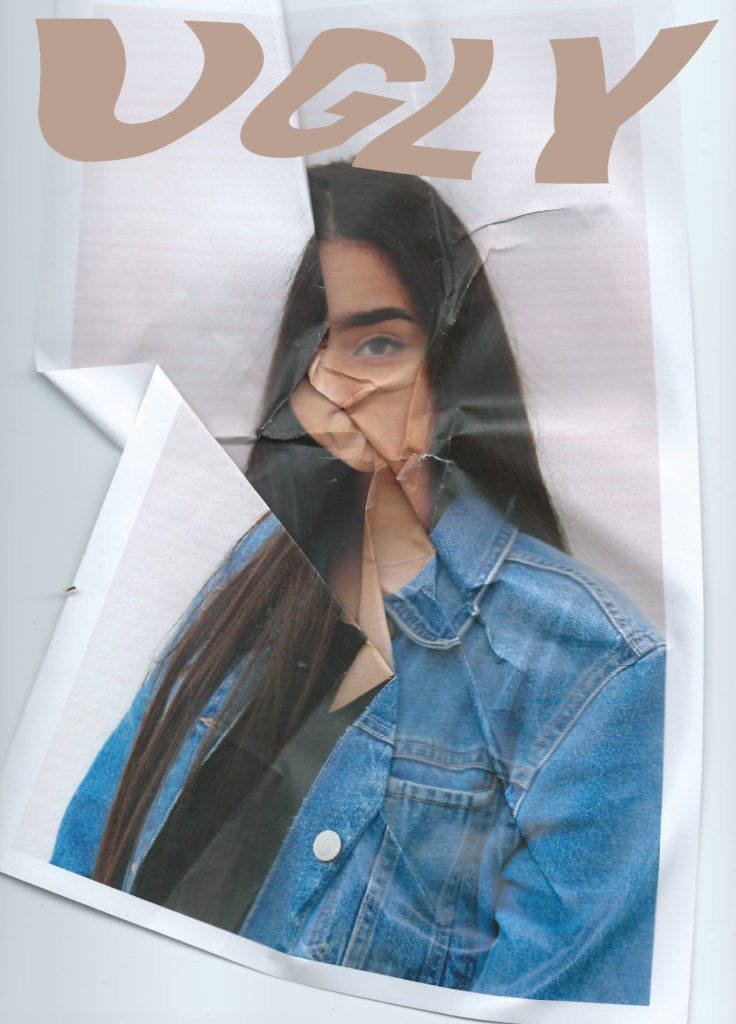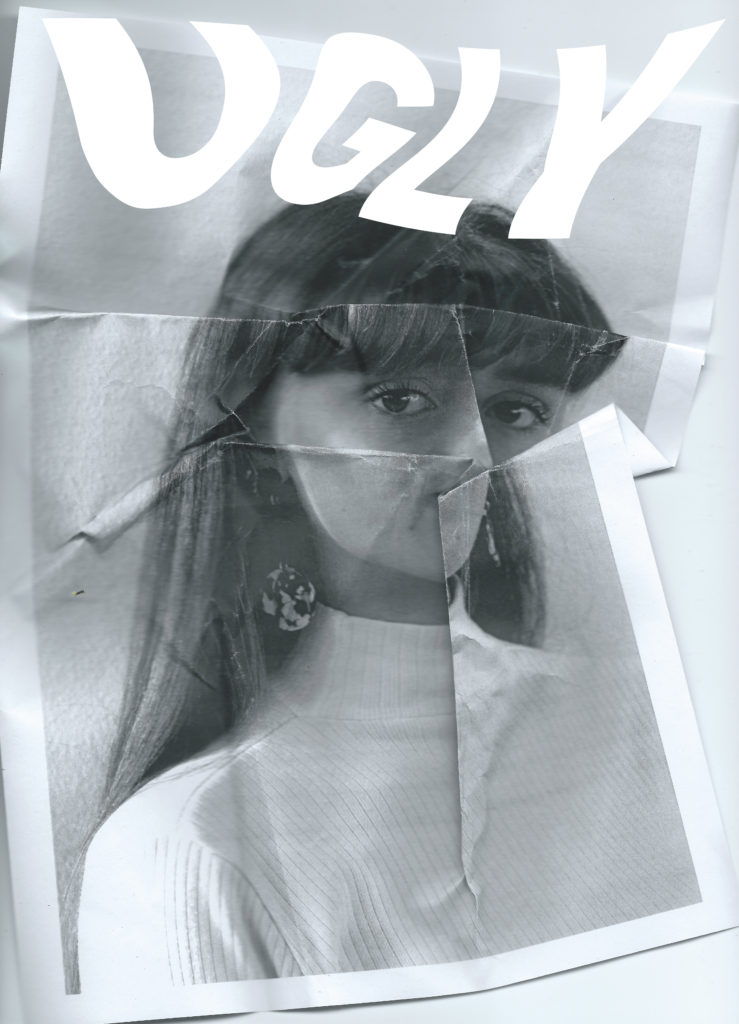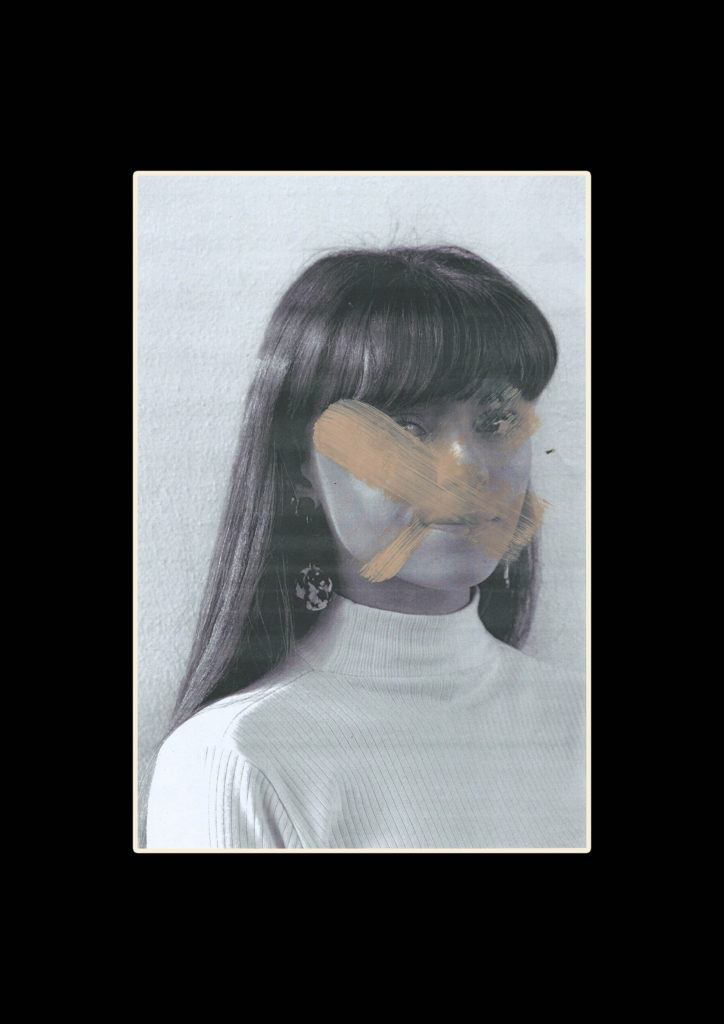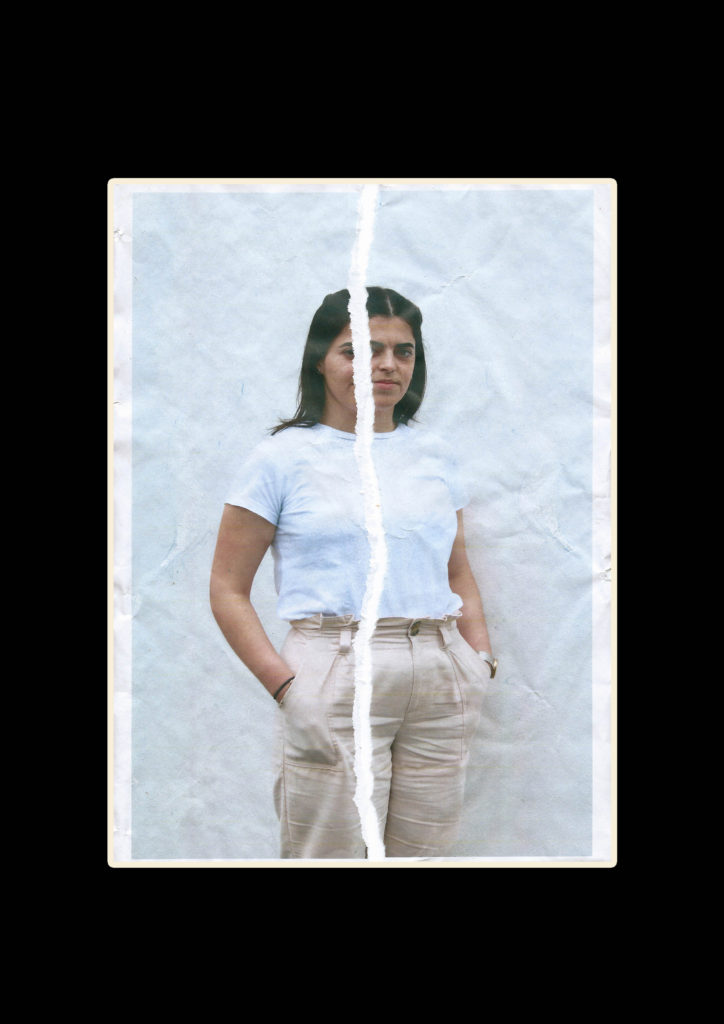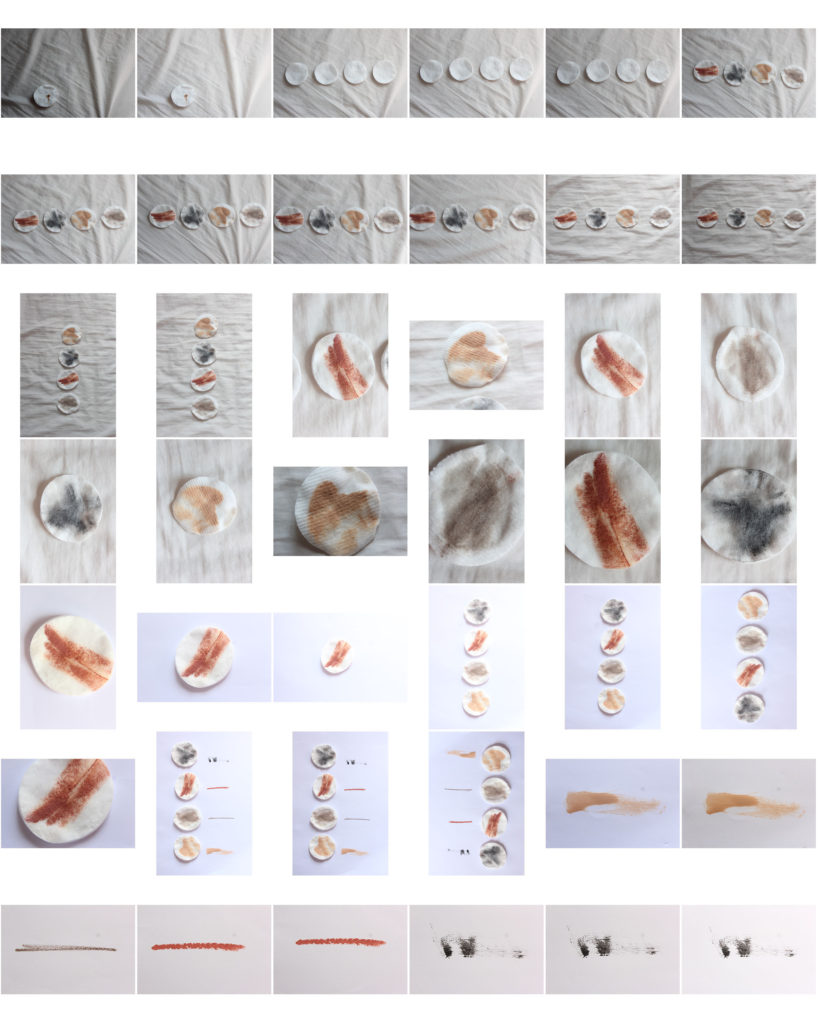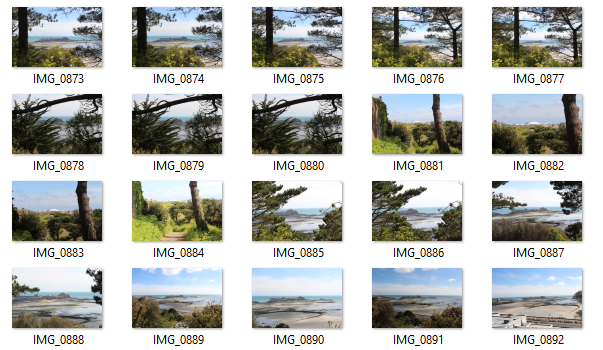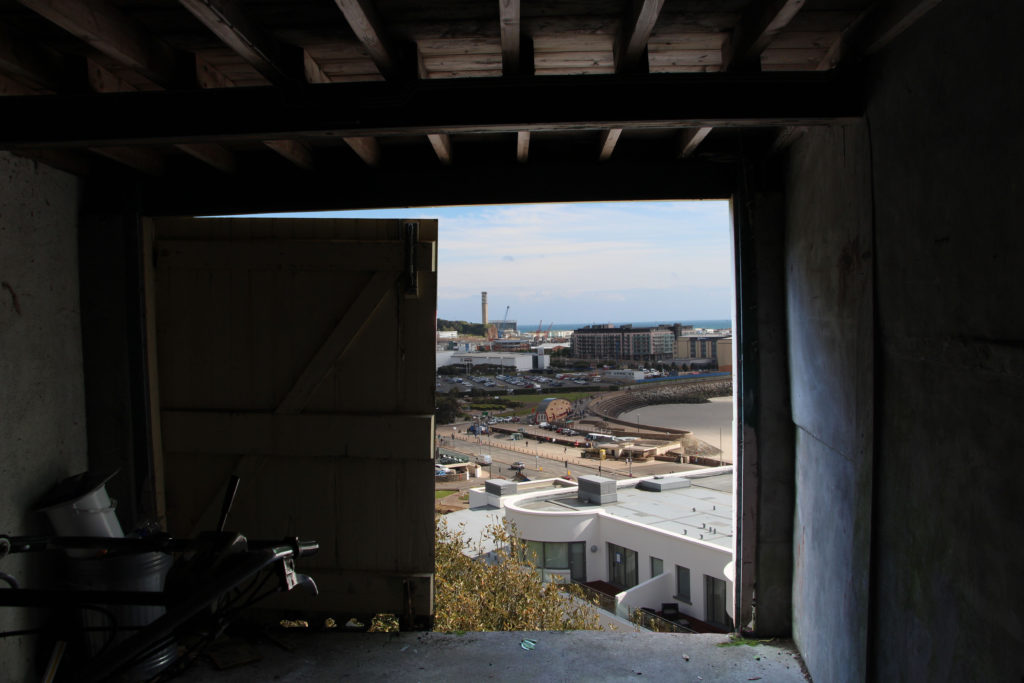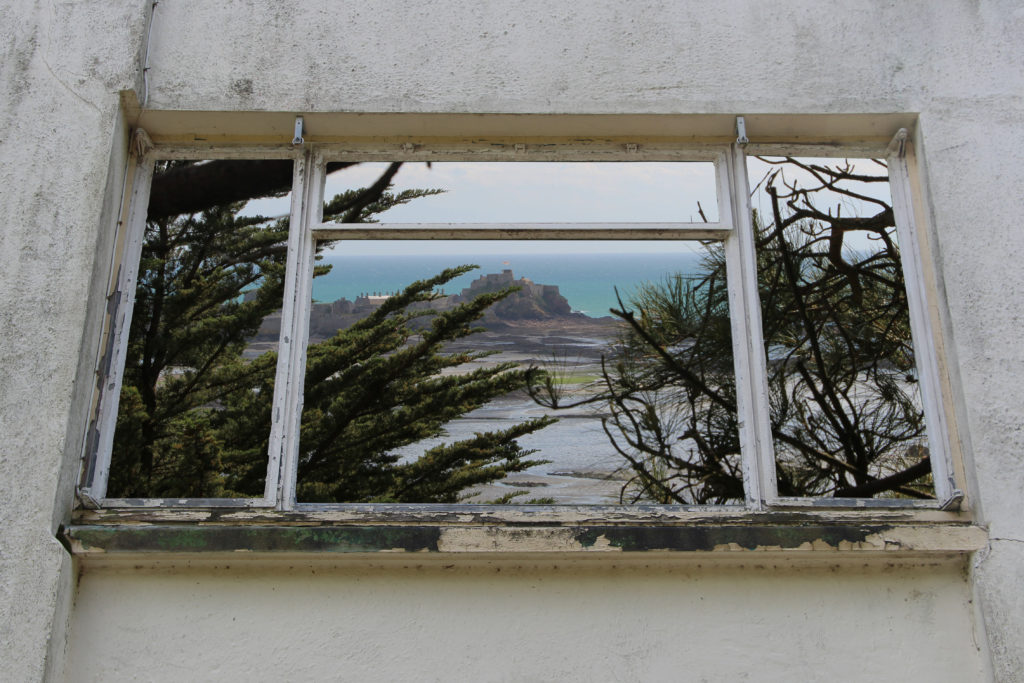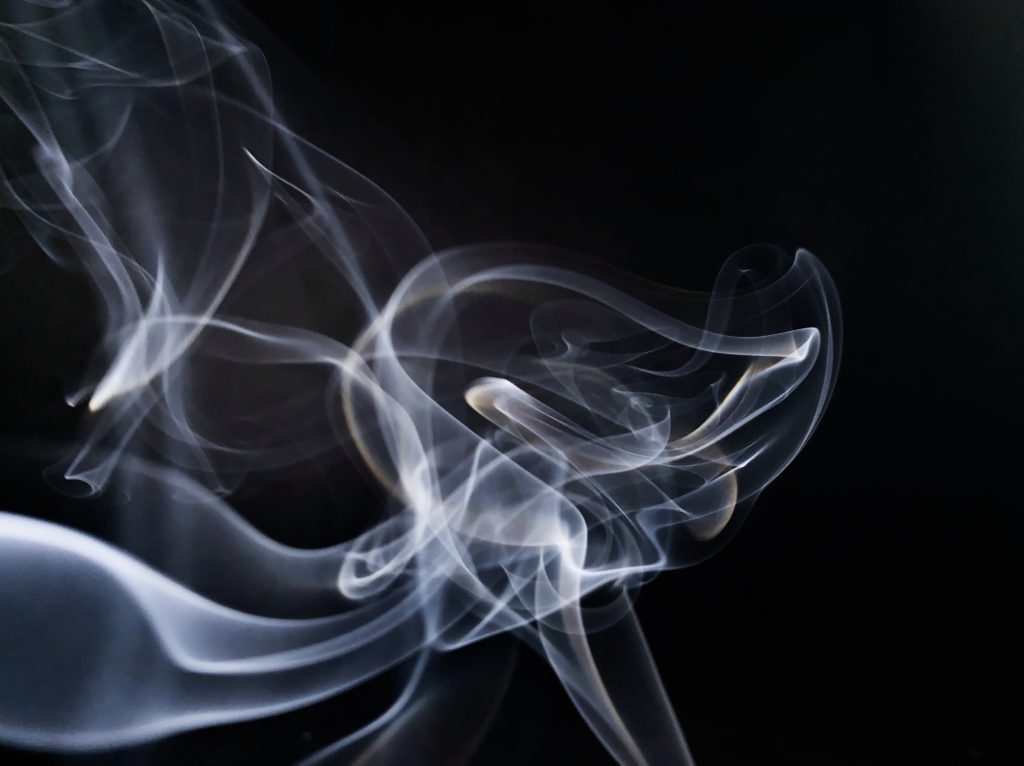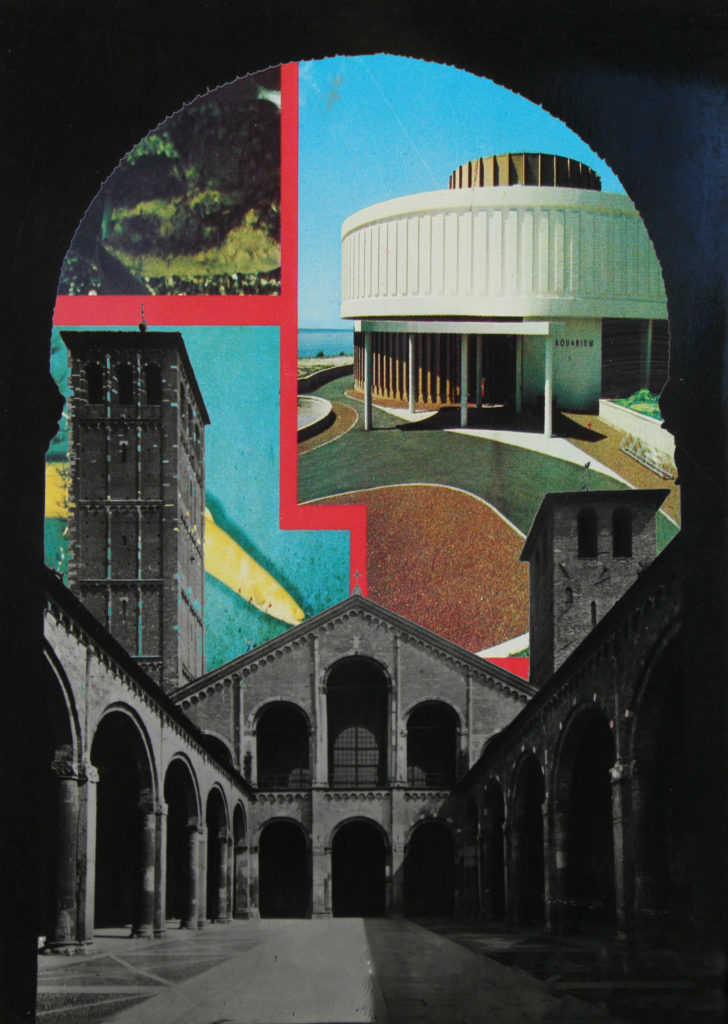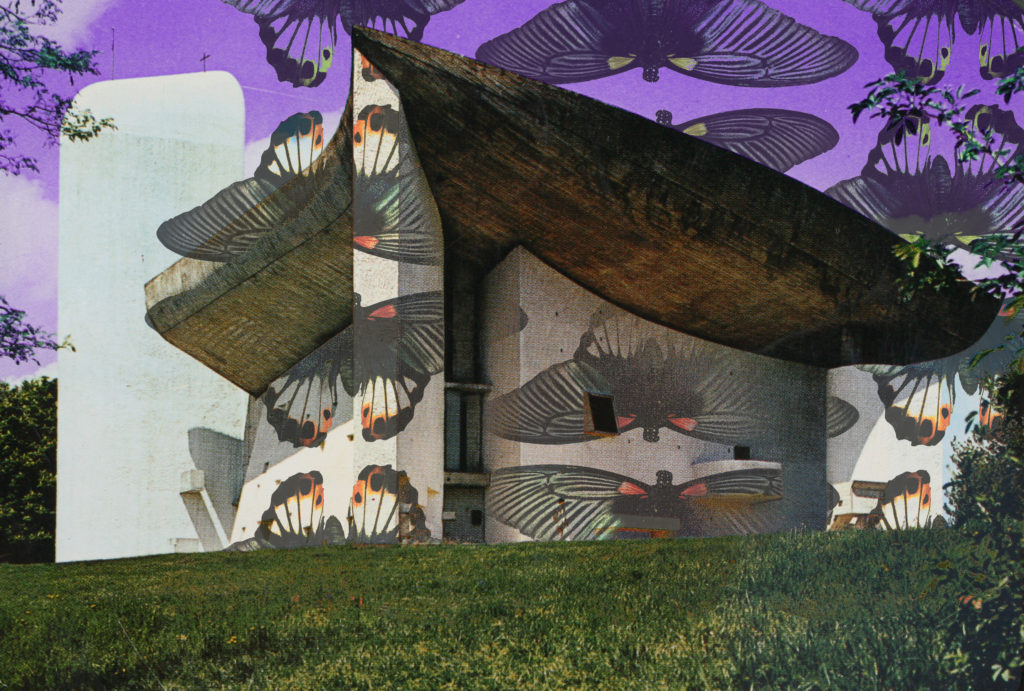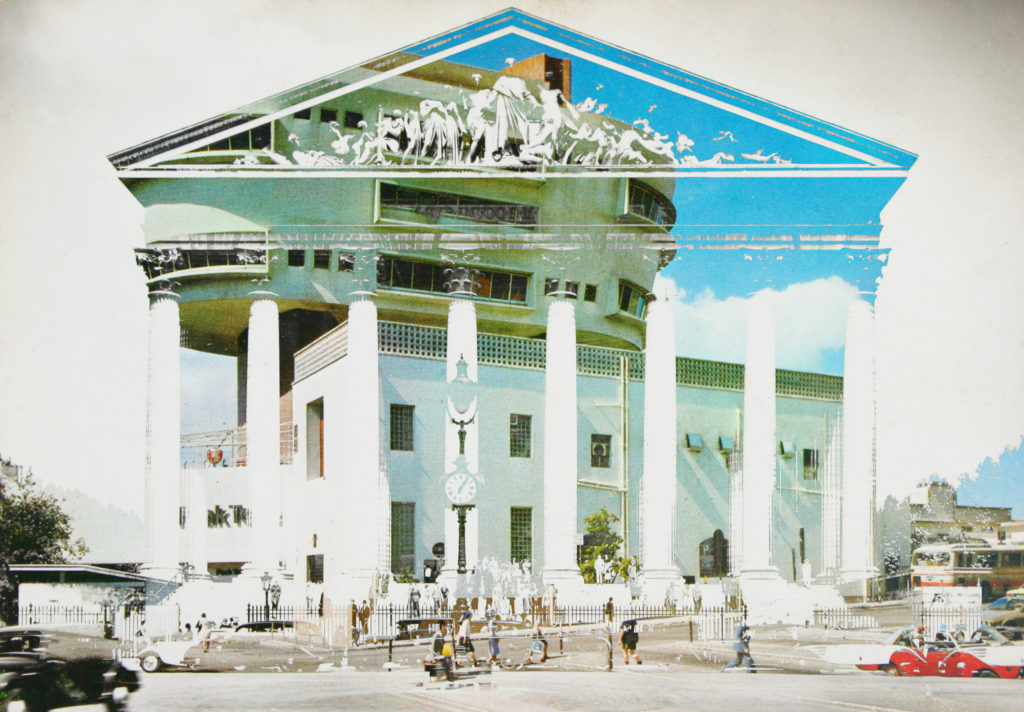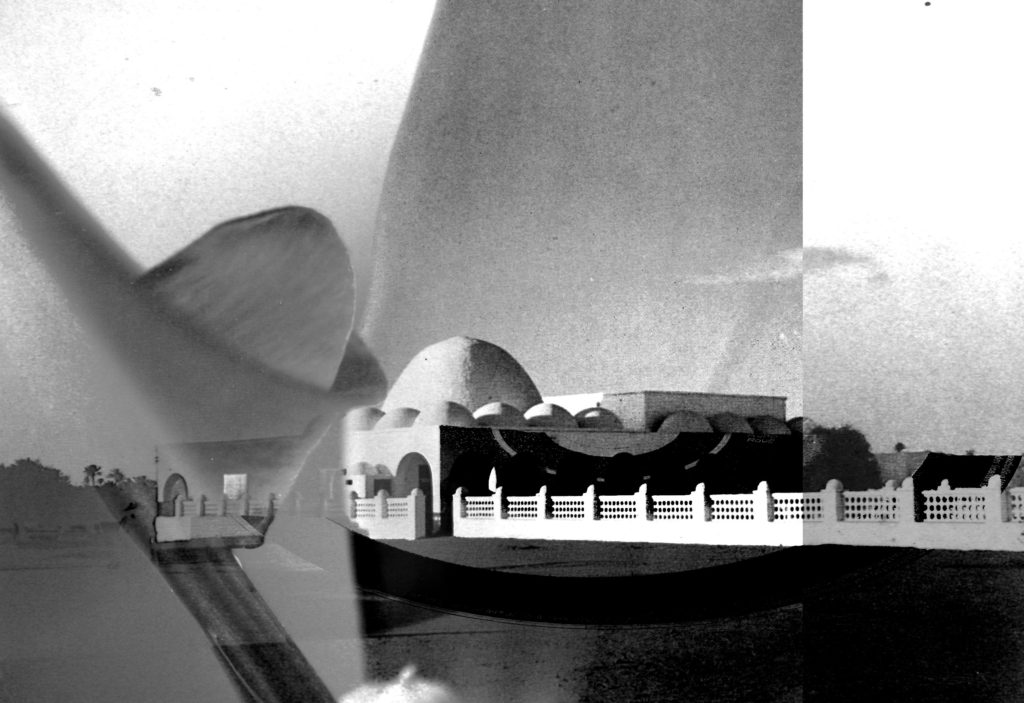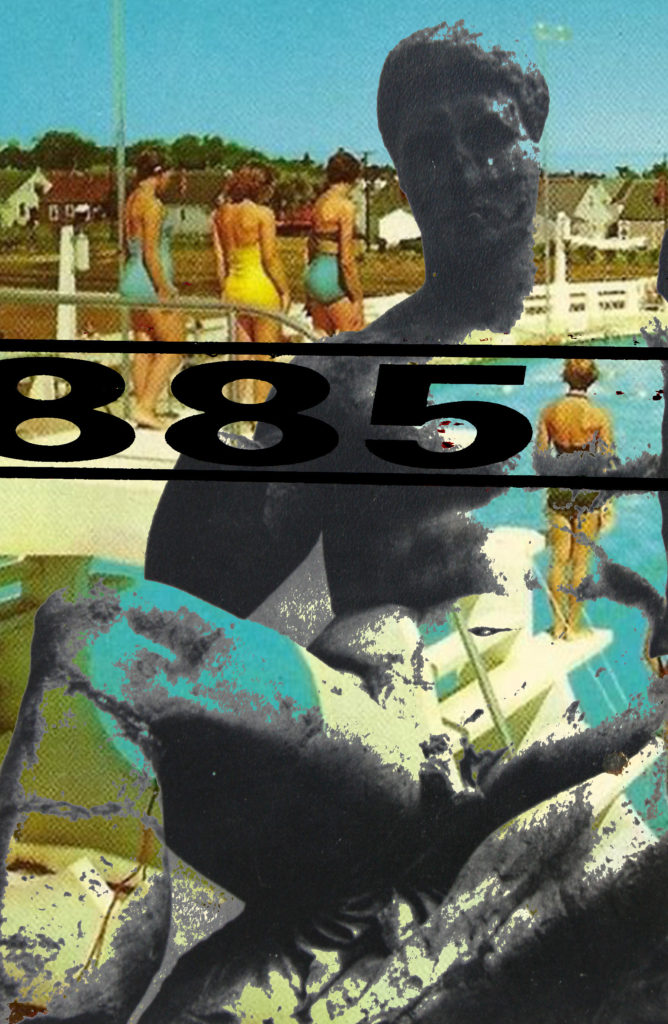For my final display I somehow want to display 24 of my final images as postcard sized prints, displayed somewhat how postcards would be by either a retailer or in a home. The reason I want to do this is because of how I’ve used postcards, archival and my own visual material in order to create my final pieces. And therefore I wanted to turn these back into new postcards that look at the idea of links between Jersey and the rest of the world through trade links, corporate activities, consumerism, tourism and employment; whilst executing this with a chaotic aesthetic as I intended from the beginning of this project. When searching for ways in which postcards are displayed I came across three different ways of doing this.
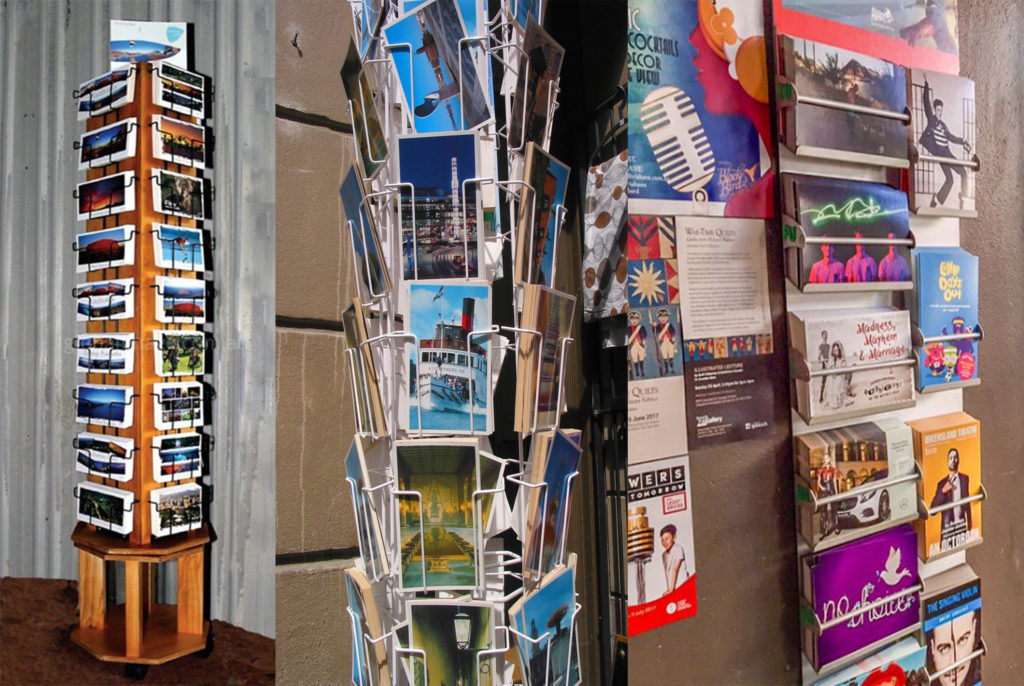
One being a metal postcard stand which you tend to find in souvenir retailers all over the world, these can either be strung up to a wall or on a rotating attachment. I think that these are a great way to display postcards, however the downside of this is that some postcard cover up those behind them, meaning that some may not be seen. Also with these stands they are very expensive and or would be very hard to get my hands on or make myself, so this may not be the best option for my final display, although it was good to consider.
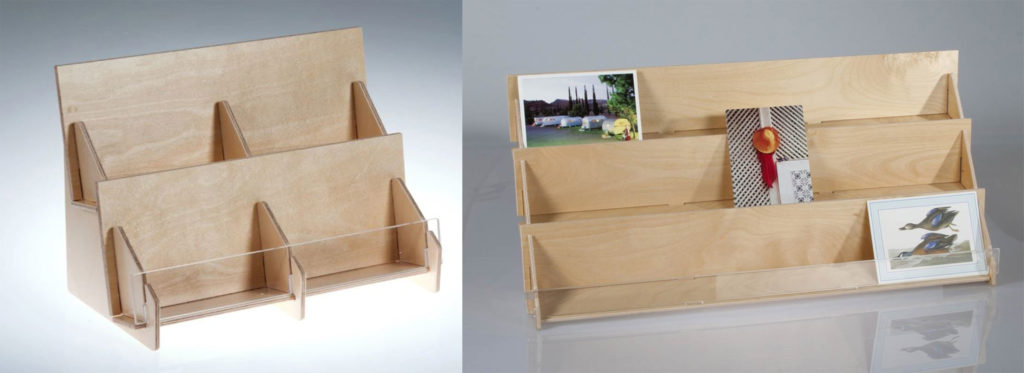
The second method of displaying postcards is a more accessible way of me being able to arrange my postcard sized prints. It is something which I could construct fairly easily with small pieces of thin plywood. I think that also having rows and columns of the prints works for a successful composition/layout of images, it means that I could arrange the postcards in order to create contrast and clashes between certain prints. However the issues with this method of display are firstly that the stand its-self, to fit all of my 24 prints, would have to be quite bulky and would also be a problem where portrait prints may slightly cover landscape ones.
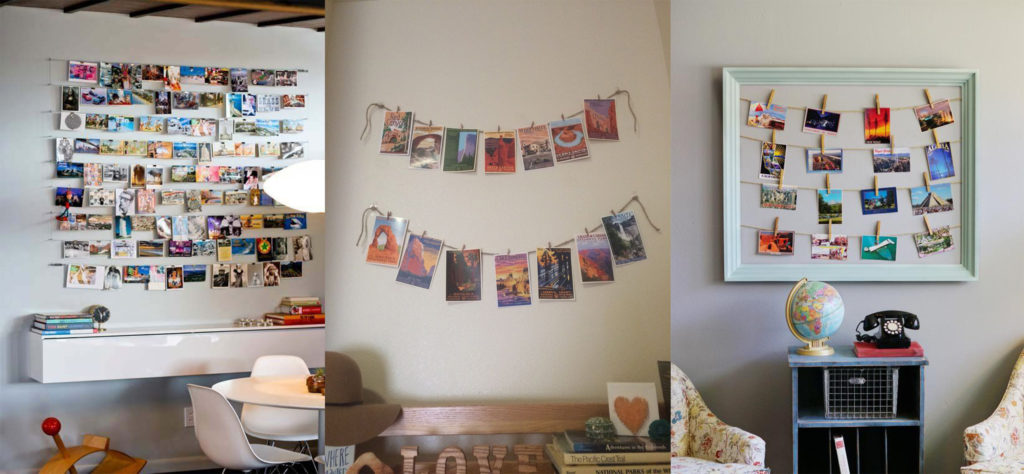
The third (and most fitting) option of display is some form of stringing up the postcards with pegs. This could be done nicely with a board of wood which is big enough to fit all of the postcard prints (most likely in rows/columns) of 6×4 or vice versa. This would be the most ideal way of displaying my final 24 postcard prints as it will ensure that I can space out each print without any issues of overlapping or covering up. It will also show a good narrative of my work and tell a story of how connected Jersey is with the rest of the world through trade connections which is the concept behind my whole project.
So after looking at all of these display options, it is clear to me that the most appropriate option for this would be the third, by stringing up each of the postcard prints in rows.






